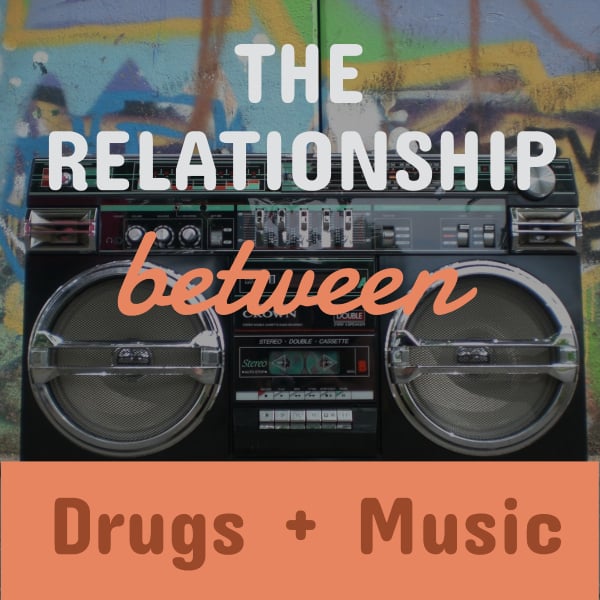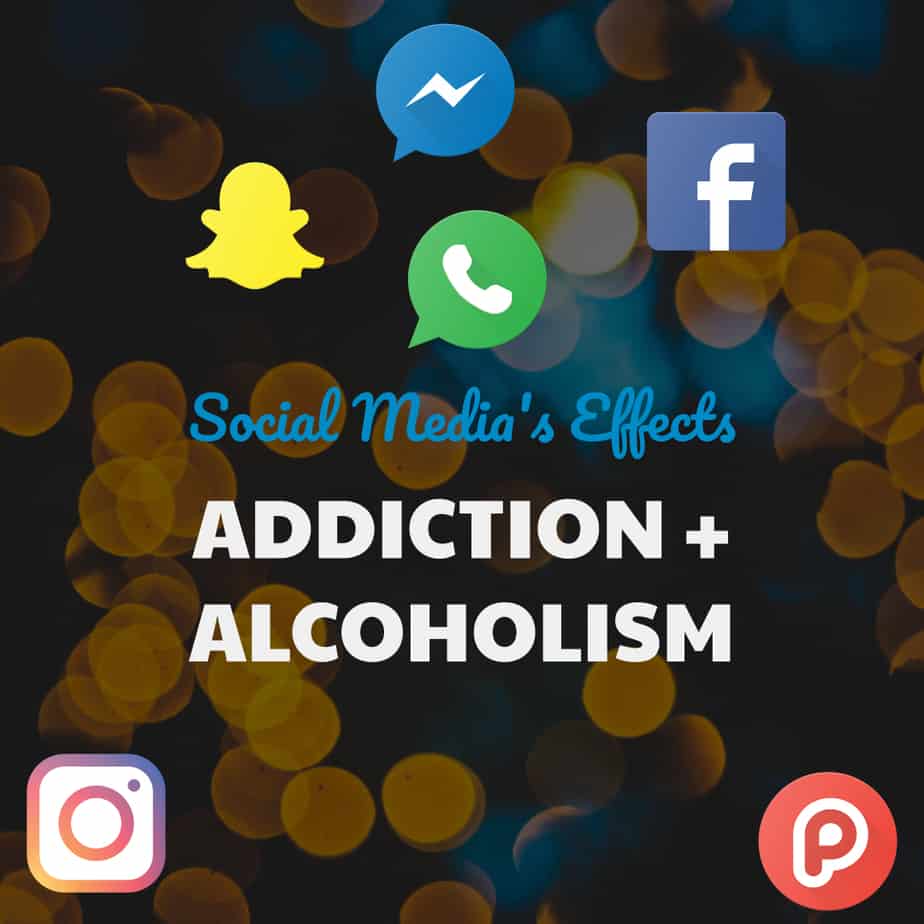Suboxone vs Sublocade vs Vivitrol – Uses, Administration and Effectiveness
Opiate addiction recovery is only possible starts with change of behavior but the medication assisted treatment also plays an important part. Suboxone, Subcolade, and Vivitriol are the most important pieces medications in the recovery of opiate addicts.
After an addict stops using the substance and now wants to manage substance use disorder, they suffer cravings and withdrawal symptoms which are a major struggle in the journey towards recovery. Medications are important in stabilizing a patient’s physiology and psychology back to a healthy condition. Sublocade vs Vivitrol vs suboxone is a debate for those looking for an effective drug addiction treatment.
All these three medications are effective at eliminating addiction and withdrawal symptoms on a cellular level by removing the toxins from opiates from the body to guide addicts into a path of sobriety.
Suboxone vs Sublocade vs Vivitrol
All these addiction management medications are brand names of medications that work towards eliminating the toxins left by opiates on the body of an addict. The detox medications are different in the way they are administered, the risks they pose, their functions, and the rate at which they detoxify the body.
Vivitrol is common in recovery centers. It is administered monthly and it acts as an opioid blocker. Unlike Suboxone, Vivitrol is administered by a professional. Suboxone, on the other hand, is a self-administered drug taken daily. All one needs to do is placing the film under the tongue and the medication absorbs slowly into the body.
Subcolade is an opioid variant injected monthly. It is also injected by a professional.
All these medications are important in the journey to recovery from opioid addiction. There are different addiction recovery medications – they come in different brand names and different functions. A professional can help addicts choose the right medication but it is still important to learn what each medication entails.
Of all the different medications, three of these are the most common:
- Vivitrol which is an injection given by a professional and contain naltrexone;
- Suboxone which is a self-administered oral drug containing naloxone and Buprenorphine; and
- Subcolade which is an injection given by a professional containing Buprenorphine.
These medications contain different ingredients because no one medication is fit for everyone. When starting a medication plan, addicts need to evaluate, the benefits and the risks of each of these medications. A professional can help advise the choice of medication based on your health condition. Patients can take two these medications if a medical professional deems it fit that it is right for their condition. However, the administration has to be monitored to ensure that it does not lead to addiction, overdose, or any other side effects that could have been avoided.
Below are discussions of the three medications:
Vivitrol Basics
Vivitrol is a brand name for the medication with the ingredient naltrexone opioid antagonist. The ingredient is important in removing toxins from body as a result of years of opioid use.
It is injected into the body as a Revia or Depade for monthly release. Only original vivitriol is on the market as a generic version has not been produced in the United States yet.
Naltrexone acts as an opioid blocker ensuring that it does not stimulate some receptors in the brain. This way, the opioid users will not get the euphoria feeling associated with feeling “high.” It is injected as an extended release shot that deters the addict against opioid abuse. With time, after the user stops feeling “high,” they stop getting the cravings to use the drug.
Besides being used for opiates, Vivitrol works for alcohol too.
Suboxone
This is another detox medication containing Buprenorphine and naloxone for opiate addicts. It comes as a sublingual film that users place below the tongue. It is in the market as Suboxone or generic. There are also sublingual tablets offered as Zubsoly.
Buprenorphine is an opioid variant that partially stimulates the user’s receptors ensuring that they do not get the euphoria feeling of “high.” Naloxone, on the other hand, is an opioid antagonist. When taken, naloxone replaces opioids in the receptors but without activating the receptors. It ensures that a user does not overdose on the Buprenorphine.
Together, Buprenorphine and naloxone reduce a user’s desire to use opioids. They also help manage withdrawal symptoms to make the detox process easy for the user.
Sublocade
Like Suboxone, Sublocade contains Buprenorphine to help an addict through detox. Buprenorphine is the main ingredient in Suboxone. It is administered as a monthly injection extended release. It is only available under the brand name Sublocade and it has no generic option in the United States.
Buprenorphine in the Sublocade works the same way as Suboxone. It activates the receptors in the brain up to a controlled level to ensure the user cannot get high as they would with opioid. With time, the cravings reduce.
Unlike brand name Suboxone, Sublocade does not contain naloxone which prevents the overdose of Buprenorphine. As such, it is administered monthly by a professional to reduce the risks associated with self-administration. It is injected below the skin and will distribute to the system slowly over a month to reduce cravings that the user might have.
Considerations Before Starting Opiate Detox Medication
Professionals assess the condition of the patient before administering detox medication. The dose and the appropriate medication chosen will depend on the unique needs of the client.
Before starting a medication plan, clients need to understand the effects expected from the medication.
For starters, detox medication does not cure. Instead, the medication reduces the toxins in the system or blocks the stimulation of certain receptors to ensure the client does not go back to opioid use. Without a change in behavior and company, an addict may relapse back to the same conditions that led them to start abusing drugs in the first place.
Detox medication are not a surefire way of managing addiction. According to a study on suboxone vs vivitriol, the success rates of these two medications were found only to be high in the first six months. After the six months, most patients relapsed regardless of the medication they took. This shows that without proper behavior change, relapse is always a possibility.
Like any other medication, addiction management drugs should be taken according to the doctor’s prescription. Be sure to follow the correct dosage, in the designed format, and within the right duration. Vivitrol and sublocade should only be administered by a professional as an injection given once a month.
Addiction medications can also lead to addition. Substances such as Buprenorphine are opioid variants and they stimulate the receptors in the brain. If not controlled, patients can take these medications in high doses which might lead to addiction. Patients should therefore monitor their progress and report any signs of addition to a professional.
While there are risks involved with each medication, it is through medication that a patient can achieve full recovery.
Suboxone vs Sublocade vs Vivitrol – Which is Right for Patients?
The right detox medication is one that meets the needs of a patient succinctly. There are risks associated with each drug which you should also assess to ensure you get the best results from your medication plan.
The risks involved – Opioid antagonists such as Vivitriol have no major risks as all they do is help reduce the toxins in the body. However, Suboxone and Sublocade contain Buprenorphine which is an opiate and might lead to addiction. Suboxone is safer as it contains naloxone which eliminates the chances of drug abuse when taken orally. When injected or smoked, naloxone will increase withdrawal symptoms. Because it has naloxone, suboxone can be self-administered without side effects. However, Sublocade has not naloxone and self-administration can lead to severe addiction.
Regulations and addiction medications – Vivitriol is the most available of the three medications seeing that it does not have any extra federal regulations that affect its availability. It is therefore accessible anywhere in the United States. Suboxone and Sublocade are restricted by deferral regulations and can only be administered by a professional which makes them less accessible.
Availability of Generics – Brand names are expensive whole generics are relatively affordable. Vivitriol and Sublocade are only available as brand names with no generics. Suboxone has generics which makes it affordable than the first two.
Detox and substances use – Do patients have to stop taking opiates before starting the medication plan? Patients using Vivitriol have to stop using the product for at least a week to the onset of the medication plan. Those who choose Suboxone and Sublocade can start detox at any time. Sublocade patients have to take sublingual or buccal treatment before the slow-release injection.
Withdrawal Effects – While addiction medications are responsible for reducing withdrawal symptoms, some of them might lead to medication withdrawal. Suboxone and Sublocade are notorious at causing medication withdrawal symptoms. Vivitriol can also lead to withdrawal symptoms during the pre-medication abstinence.
Risks of overdose and any post-treatment requirements – Naltrexone is responsible for blocking overdose during treatment. However, it increases the risks of post-treatment overdose. When taken, naltrexone increases opioid sensitivity and has lower tolerance. With Buprenorphine and naloxone, the chances of a future overdoses are significantly reduced. Nevertheless, patients need to consider all the effects before they choose a medication for addiction management.
Responsible Use of Opioids Addiction Medication
Like with any other medication, it is important that a patient takes their medication as directed by a professional. This way, they will avoid abuse of the substance of the medication and reduce the chances of a relapse. Failure to follow directions might lead to a relapse, abuse, overdose, health issues, or even death.
Detox medications are administered in two main ways:
- Managed medication where a professional administers the medication after a period of time;
- Self-administration where a client can take a dose as directed by the professional while recovering at home.
Outpatient use is ideal for patients to get their medication without visiting a health center. However, it is only available for Buprenorphine/naloxone and is common in addition management programs such as sober living. Other medications are administered by a professional and are only available for inpatient use. A professionally trained staff gives the medication in measured doses to ensure that the client gets just enough.
Besides understanding the two ways through which the drug is administered, patients must also understand the following:
Administration is as prescribed by a professional. If any medication is to be injected, that should only be done by a professionally trained staff. For orally taken self-administered drugs, the patients should follow the directions of the doctor.
Due to the risks that come with addiction management drugs, patients should avoid illegally obtained or fraudulent medications. This means that a patient should only take original medication proscribed by a professional.
The medication should be stopped as per the directions seeing that extended use can lead to addictions or overdose. Failure to follow the directions of a professional can lead health issues that may follow a patient for a long time. Opiates such as naloxone can further lead to addiction and related issues that might cause one to seek mental health services.
Conclusion on Suboxone vs Sublocade vs Vivitrol
All these three treatments are important in helping a patient through addiction and the associated mental health issues. They reduce the health dependence on opiates by reducing the toxins in the body, by blocking stimulation, or by acting as opiates. All the three medications detoxify the body. Users might not need all the three as work will work just fine.
When taken, these medications alter the way the body processes opiates. The main ingredients in the three medications are naltrexone, buprenorphine-naloxone, and Buprenorphine. The latter can be habit-forming while the first two are safer for patients who fear they might get medication addiction.
A qualified provider should help patients come up with a treatment plan that will reduce the chances of an overdose, medication addiction, and any other related health condition. Each of the medications help patients inch close to recovery.
The US Food and Drugs Administration has approved all these medications as a surety that they are safe for human use. They have undergone numerous clinical trials before approval.




